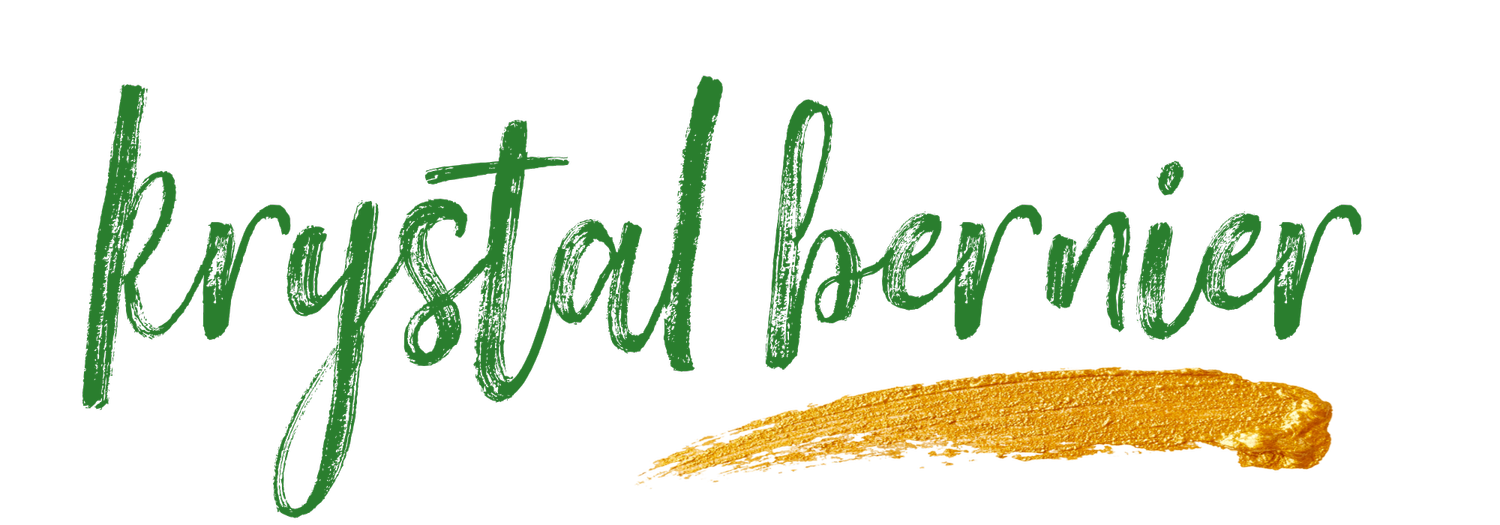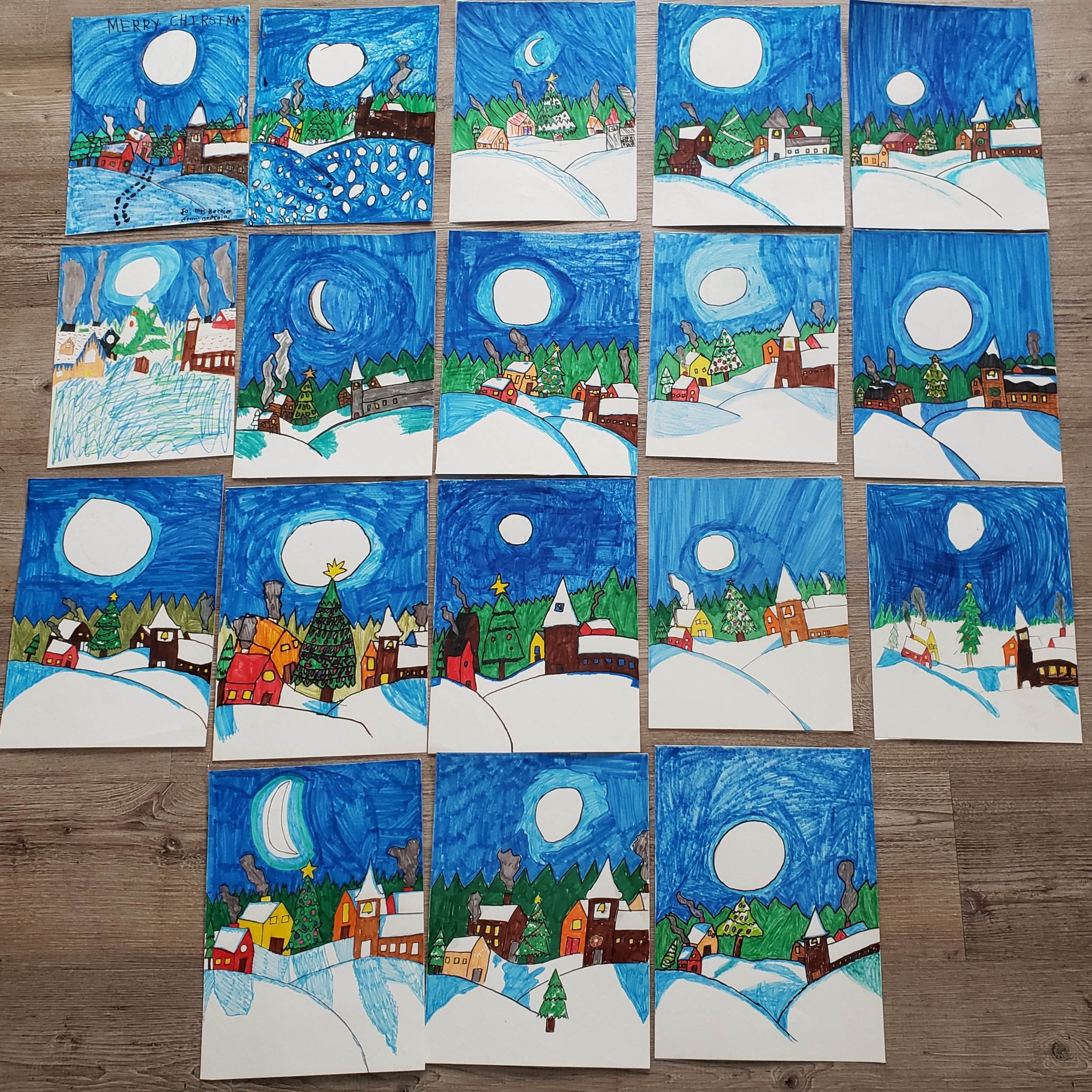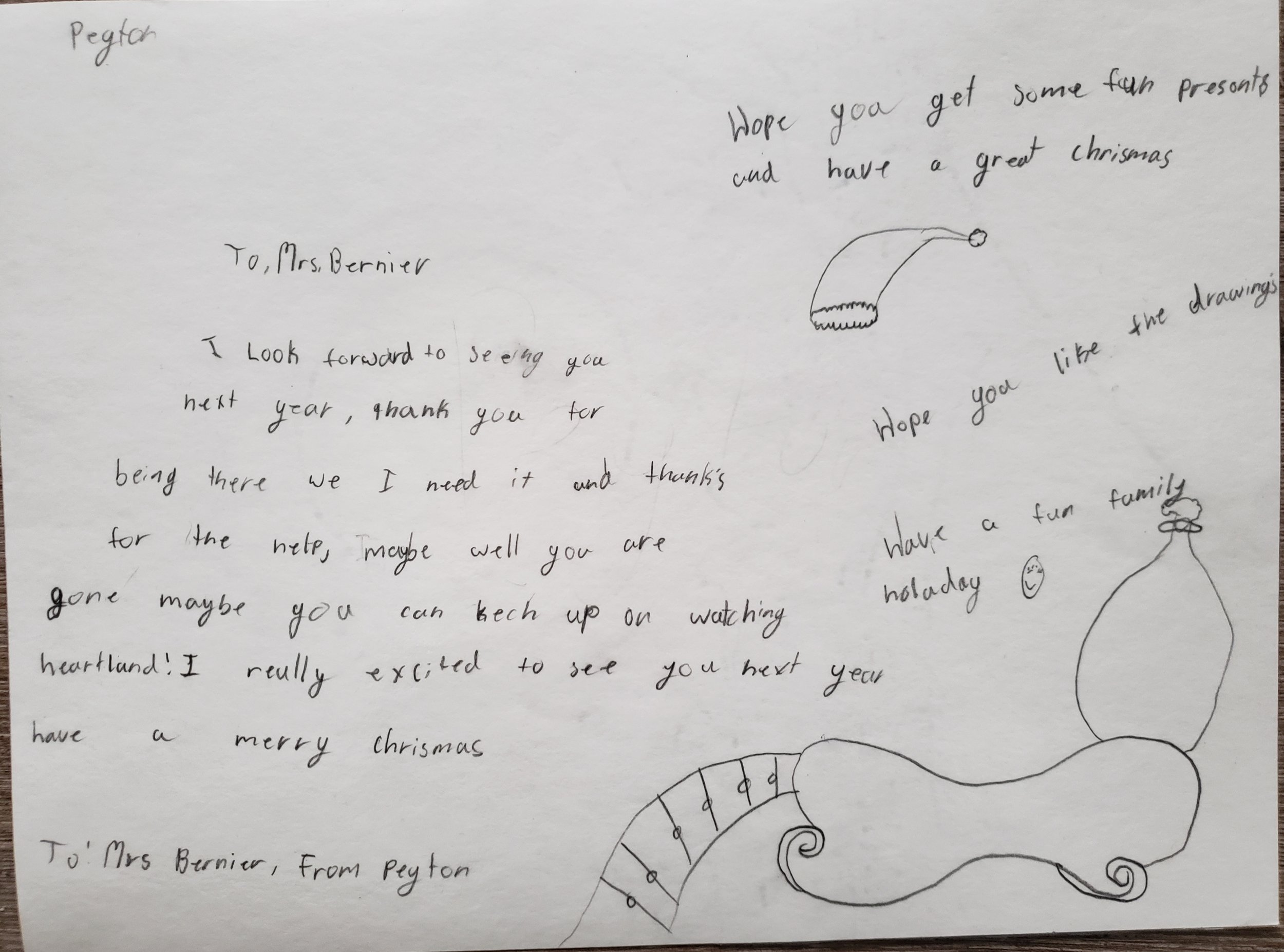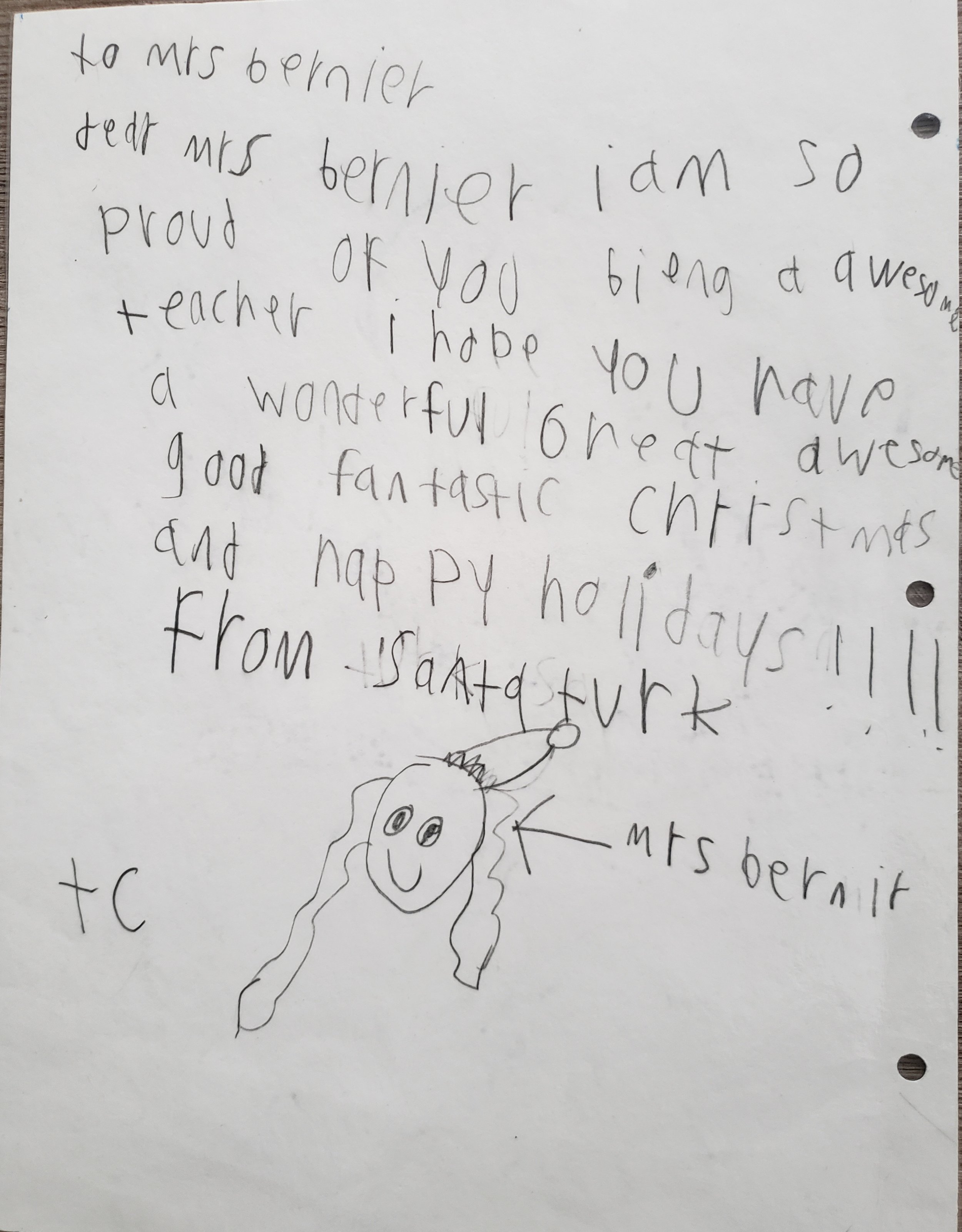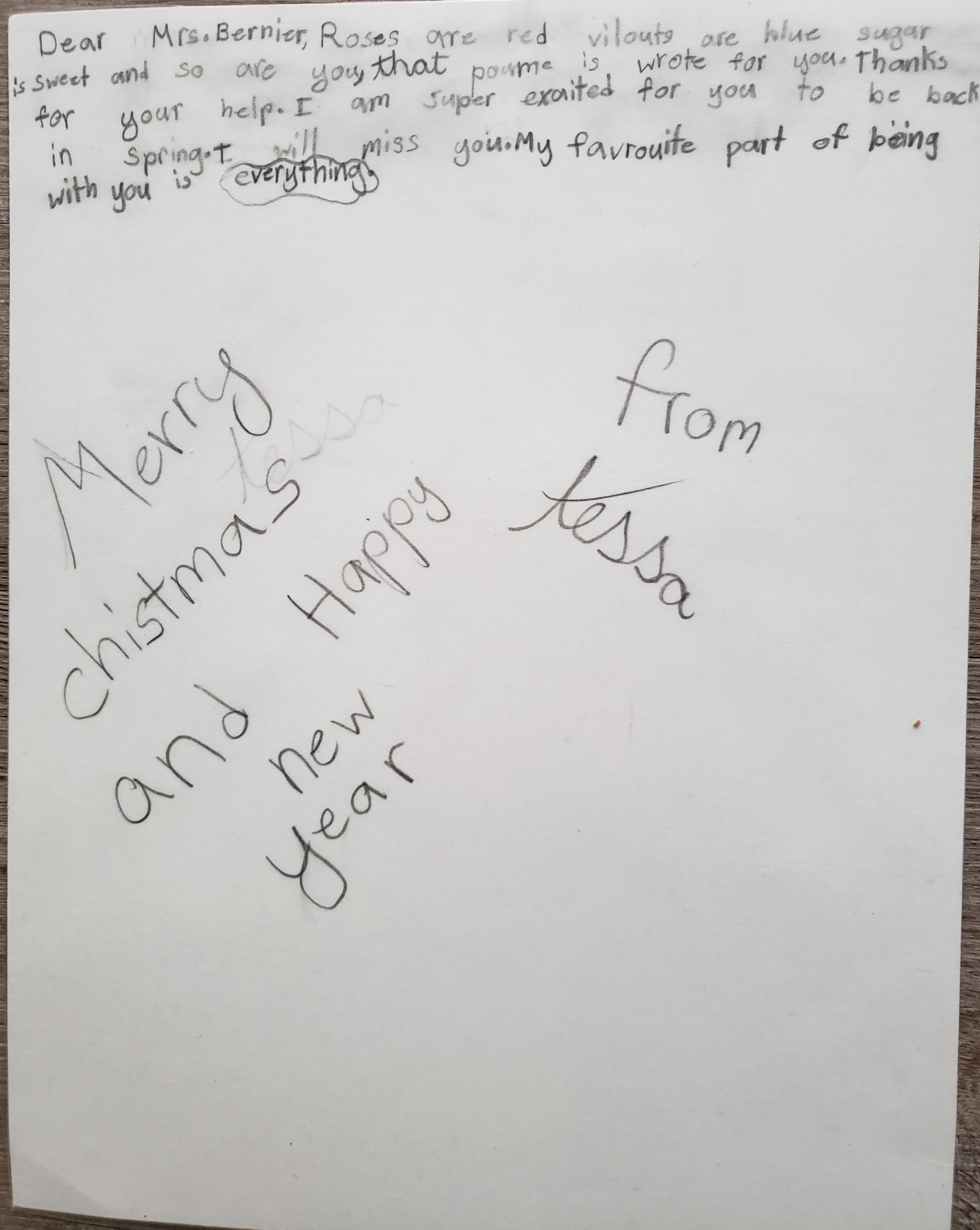Teacher Quality Standard Alignment
Competency 1: Fostering Effective Relationships
Artifact
Laminated student thank-you notes given to me at the end of my Field III practicum fall 2021.
Reflection
These thank you letters given to me by my students at the end of my field III practicum placement establish that that I “demonstrated empathy and a genuine caring for others” and that I “acted consistently with fairness, respect, and integrity” during my practicum. During my practicum I placed great emphasis on creating strong relationships with the students because I believe that if students don’t trust me, they can’t learn from me, and this was reflected in the warm student responses. Students were in unison in their feedback that they enjoyed my lessons and enjoyed spending time with me. Many students mentioned how much they enjoyed learning about Indigenous people and their cultures, which demonstrates that I have also “honoured cultural diversity and promoting intercultural understanding” in my teaching practice. The thank-you letters are valuable for my self-assessment of this area of the TQS and they are an artifact that I will treasure as I move forward in my teaching practice.
Competency 2: Engaging in Career-Long Learning
Artifact
The digital certificate for completion of the Assessment in a Digital Age lecture series and admission into the Environmental and Sustainability Education e-course, an 8 month course that runs from September 2021 - April 2022.
Reflection
I chose to attend the ESE course due to my desire to connect my students with nature for their own health and well-being and to also bring place-based learning into the classroom. I chose to attend the Assessment in a Digital age seminars because I understand that as my career progresses technology will become more ingrained into teaching and so remaining current in the area of teaching technology can only serve to improve my teaching practice. These artifacts demonstrate that I pursue additional professional development as a teacher and that I “seek, critically review, and apply educational research to improve practice” and that I “maintain awareness of emerging technologies to enhance knowledge and inform practice”. I would also like to note that in the narrative assessment below, my field instructor provided feedback that I also “willingly receive and seek out feed back from my partner teacher and field instructor”, showing that I “actively seek out feedback to enhance my teaching practice”.
Competency 3: Demonstrating a Professional Body of Knowledge
Artifact
Instructor narrative assessment from my Field III practicum fall 2021.
Reflection
In this narrative for my field III practicum, my instructor notes that I “demonstrate a strong ability to identify and integrate observable and measurable assessment indicators into my lessons (based on curriculum outcomes) and use these to plan and assess student understanding.” This feedback shows that I “address the learning outcomes outlined in the program of studies” and “apply student assessment and evaluation practices that generate evidence of student learning to inform teaching practice through a balance of formative and summative assessment practices.” The narrative also demonstrates that I strive to explain why students are learning about certain topics and connect that learning to their lived experience, which demonstrates that I “foster student understanding of the link between the activity and the intended learning outcomes” and plan activities that are “varied, engaging and relevant to students”. As seen in the math lesson below, I also place emphasis on “building student capacity for collaboration.” Effective planning is important to me for my teaching practice. I strive to create learning experiences that capture student attention because without engagement students will struggle to create deep understandings of the materials.
Competency 4: Establishing Inclusive Learning Environments
Artifact
Grade 4 math lesson plan I delivered during my Field III practicum fall 2021 and a visual essay I created to discuss Authentic Education.
Reflection
The math lesson plan is an example of how I strive to “use appropriate universal and target strategies and supports to address students’ strengths, learning challenges and areas for growth”. Within this lesson I employed universal differentiation strategies like flexible groupings, as well as specific strategies for students who are struggling with the math concepts and for those who require a further challenge. For me, the basis of creating an inclusive learning environment is developing lasting relationships with students. The student letters artifact from TQS competency 1 demonstrates that I emphasise relationships in my teaching practice and my visual essay on authentic education shows that I believe that we should “incorporate students’ personal and cultural strengths into teaching and learning” and that in my teaching practice I “communicate a philosophy of education affirming that every student can learn and be successful.”
Competency 5: Applying Foundational Knowledge about First Nations, Métis, and Inuit
Artifact
Grade 4 Social Studies lesson plan I delivered during my Field III practicum fall 2021 and a visual essay completed for the Indigenous Education Course.
Reflection
Considering that I am Métis, this area of the TQS is highly important for me. Through land-based learning I strive to bring Indigenous ways of knowing, being, and doing to the classroom, as shown in my social studies lesson plan that not only celebrated Métis week, but also tied back to the social studies curriculum. This demonstrates that I “use the programs of study to provide opportunities for all students to develop a knowledge and understanding of, and respect for, the histories, cultures, languages, contributions, perspectives, experiences and contemporary contexts of First Nations, Métis and Inuit.” Through my visual essay I demonstrate that I “understand the historical, social, economic, and political implications of treaties and agreements with First Nations, legislation and agreements negotiated with the Métis, and residential schools and their legacy.” In the above assessment artifact, my instructor notes that TQS 5 has been an area of growth for me, an area that I focused on in my field III practicum, and an area of the TQS that I value and will continue to place great emphasis on.
Competency 6: Adhering to Legal Frameworks and Policies
Artifact
The ATA Code of Professional Conduct.
Reflection
Considering that teaching is a professional designation, it is important to uphold the laws and expectations inherent to our practice. We are working with children which means that stakeholders have high expectations for how we conduct ourselves and live out our teaching practice. I show the ATA professional code of conduct to demonstrate that I have “an understanding of and adherence to the legal frameworks and policies that provide the foundations for the Alberta education system.” As seen in my reflections, I ensure I follow the ATA standards in many areas of my teaching practice. I strive to “act in a manner which maintains the honour and dignity of the profession”, as seen in my instructor assessment; I emphasise an inclusive, kind, and empathetic classroom environment; and I work well with colleagues (The Alberta Teachers Association, n.d.). The artifacts I chose to highlight for each area of the TQS culminate to show that I “recognize that the professional practice of a teacher is bound by standards of conduct expected of a caring, knowledgeable and reasonable adult entrusted with the custody, care or education of students.”
TQS Connections
Reflecting on the teacher quality standards and how I demonstrate these standards in my professional practice has shown me that these competencies come naturally when I apply accepted teaching practices. My background in corporate accounting provided me with an attention to detail and a standard of professional conduct that directly transfers to teaching. As a mother, my children are the center of my household and family decisions always ask the question “what is best for the kids?”. I bring this into the classroom by ensuring that I always focus on the students in my planning and conduct.
Centering on students and relationships gives space to ensure I work on and develop all areas of the TQS throughout my career. Through my reflections on the TQS, I learned that each area contains an aspect of relationship. For me, it is apt that TQS 1 “foster effective relationships” is the first standard. My desire to serve and develop relationships with my students motivates me to “engage in career-long learning.” I “demonstrate a professional body of knowledge” because without this I cannot ensure a quality education for my students. I “establish inclusive learning environments” so that every student in my class is welcomed and respected. I “apply foundational knowledge about First Nations, Métis, and Inuit” because I understand the harm the education system has caused these students and the work that needs to be done to create a brighter future for Canada. I “adhere to legal frameworks and policies” so that I maintain a high level of professionalism, because my job is about our children’s future, it is a position of high responsibility, and as such professionalism is paramount.
However, although I know and follow the legal and professional framework of teaching, I found it difficult to showcase a concrete representation of this TQS competency. Upon deep reflection, I realized that the other five TQS areas intertwine to demonstrate TQS 6. This competency is the cherry on the cake, so to speak, that solidifies our professionalism and positive healthy relationships with our students and colleagues.
Surprisingly, despite this being a deeply personal task, peer connection was essential in developing my reflections on the TQS. I relied on the feedback from my partner teacher, field instructor, and other professors to understand my competencies and weaknesses. I bounced ideas off colleagues to ensure my reflections have weight and meaning. This process solidified the idea that teaching is not a solo endeavour. Teachers require many different types of support to ensure our students receive the best possible education we can provide them.
The teacher quality standards serve to solidify my own teaching philosophy which is relationship based, places students at the center, and instills my passion for connecting students to nature. I think it is important to reflect on these standards regularly and to challenge myself to continually improve my competencies in relation to the TQS. I look forward to engaging in this process throughout my teaching career.
Teacher Professional Growth Plan
References:
*Note that bolded areas throughout this page are direction quoted from Alberta Government (n.d.).
Alberta Government. (n.d.). Alberta Education: Teaching quality standard. https://open.alberta.ca/dataset/4596e0e5-bcad-4e93-a1fb-dad8e2b800d6/resource/75e96af5-8fad-4807-b99a-f12e26d15d9f/download/edc-alberta-education-teaching-quality-standard-2018-01-17.pdf
The Alberta Teacher’s Association. (n.d.). Code of professional conduct. https://www.teachers.ab.ca/SiteCollectionDocuments/ATA/Publications/Teachers-as-Professionals/IM-4E%20Code%20of%20Professional%20Conduct.pdf
